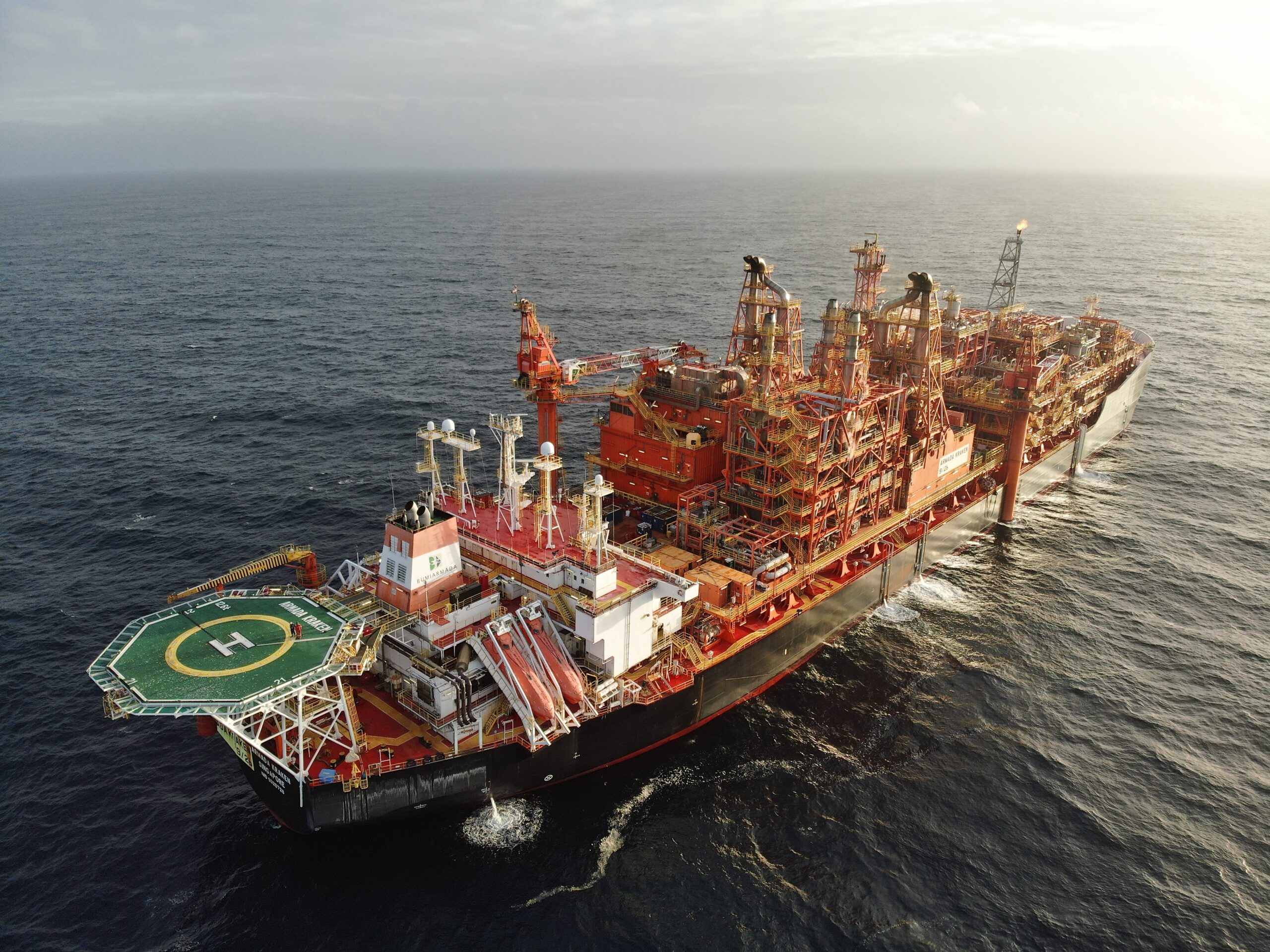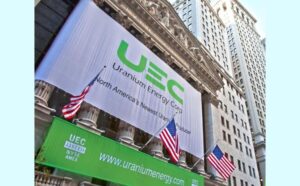
(IKM Testing, 23.May.2023) — Independent integrated solutions provider IKM Testing UK has secured a second contract with Bumi Armada to deliver a drone-based methane emissions survey on the Kraken Floating Production Storage and Offloading (FPSO) vessel in the North Sea.
The project follows a successful aerial survey in November 2022 as a first stage in establishing baseline methane emissions from the Kraken FPSO.
IKM delivered a breakdown of the methane emissions measured during the first project, including an overall asset methane value and localisation of methane emissions hot spots. By performing multiple drone surveys, IKM was also able to provide an efficiency assessment of the Kraken’s flare.
The second drone survey is due to commence in Q3 of this year and will see IKM build on the results from the initial work. Bumi Armada will use the results to inform its Methane Action Plan, with the overall aim of reducing methane emissions from the Kraken FPSO.
Sam Rowley, M∙E∙Q Technical Lead at IKM Testing said: “It is fantastic to see Bumi Armada understand the value of methane emission quantification, taking clear action and leading the way to reduce emissions of the Kraken FPSO, and we look forward to returning to the vessel later this year.
“The energy industry, as one of the largest emitters of methane gas, has made concerted efforts to monitor and reduce its output in line with net zero targets. Our M∙E∙Q service allows operators to quantify and verify their assets methane emissions.”
Drone-based surveys is one method of IKM’s Methane Emissions Quantification (M∙E∙Q) service which delivers full top-to-bottom methane measurement solutions that encompass data collection and reporting, delivering actionable insights to drive real change for emissions reduction.
Methane (CH4) is the second most prevalent greenhouse gas (GHG) caused by human activities, following carbon dioxide (CO2). In comparison to CO2, CH4 is a significantly more potent GHG, with 84 times the global warming potential over a 20-year period. However, due to its relatively short lifespan in the atmosphere, reducing CH4 emissions can have a rapid and substantial impact on preventing the worst global warming effects in the near term, providing additional time to address our carbon emissions more effectively.
Sam added: “With the UK currently falling short of its international commitments to cut methane emissions, M∙E∙Q provides a clear understanding of where these outputs originate, and how to better plan for improvement actions.
“As we navigate the energy transition, methane can serve as a transitional fuel. To maximise the benefits of methane utilisation, it is crucial for the industry to prioritise the reduction of fugitive methane emissions during production to the lowest feasible level. In this regard, our M·E·Q service can play a vital role by providing a comprehensive assessment of an installation’s methane emissions. By understanding and actively managing these emissions, producers can enhance their efforts in utilising methane as a bridging fuel whilst minimising its environmental impact.”
IKM’s M∙E∙Q Service has been developed in line with the Oil and Gas Methane Partnership (OGMP) 2.0 framework. Providing both source and asset-level measurement approaches allows IKM to help clients achieve OGMP 2.0 level 5 Gold Standard Status.
As part of the service, IKM’s micro and macro quantification is utilised on components such as flanges/connections/valves to detect and accurately quantify methane emissions at source. The macro approach quantifies methane emissions by sweeping a sample wand around the components, whilst the micro approach incorporates IKM’s patent-pending survey technology to deliver highly accurate and precise measurements, enabling source specific Emission Factors (EFs) to be determined.
IKM’s proprietary Operations / Project Software (I-OPS) was developed to collect, assess, and collate data between all measurement methods. Within the platform, a register of all identified sources such as (flanges, valves and PRVs) is generated. Industry recognized EFs are assigned to all components, providing a base line, before onsite measurements are performed, producing a source measured based emissions model for the asset. Users can customise the outputs, producing bespoke dashboards to monitor specific areas of the asset over time.
____________________

